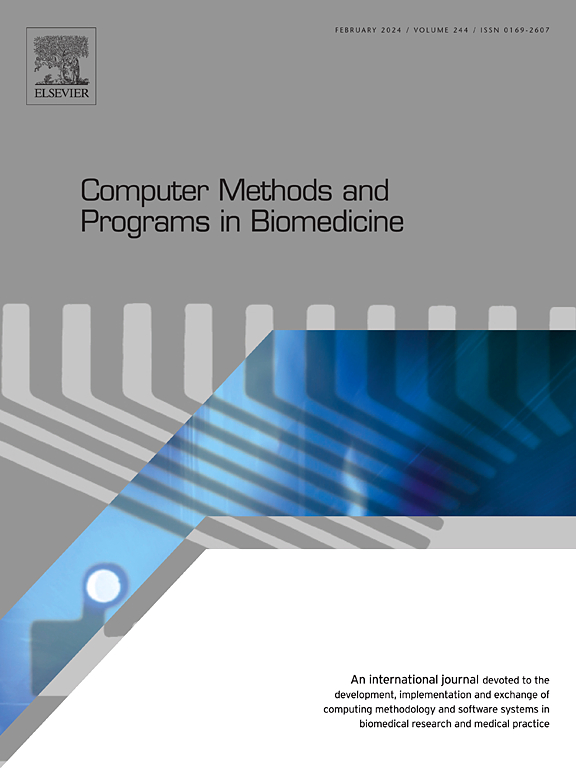Enhancing atrial fibrillation detection in PPG analysis with sparse labels through contrastive learning
IF 4.9
2区 医学
Q1 COMPUTER SCIENCE, INTERDISCIPLINARY APPLICATIONS
引用次数: 0
Abstract
Background
With the advancements in wearable technology, photoplethysmography (PPG) has emerged as a promising technique for detecting atrial fibrillation (AF) due to its ability to capture cardiovascular information. However, current deep learning-based methods has strict requirements on the quantity of labeled data. To overcome this limitation, we explore the performance of self-supervised contrastive learning in PPG-based AF detection.
Methods
Our method initially utilizes 1,209 h of unlabeled PPG data from the VitalDB database, conducting self-supervised pretraining using two contrastive learning frameworks, SimCLR and BYOL. Subsequently, the weights of the encoder are transferred and fine-tuned on a small amount of labeled PPG data to complete the AF detection task, including the selected MIMIC III, UMass, and DeepBeat datasets. In the realm of contrastive learning, we investigated seven data augmentation operations to explore their composite and preferred combinations, as well as the effects of double-sided and single-sided transformations.
Results
Our research ultimately demonstrated that the preferred combination, incorporating single-sided transformation with the Drift operation, is most suitable for PPG data. Notably, even with only 1 %, 20 %, and 1 % of the training data from the three datasets used for fine-tuning, our approach achieves better F1 scores compared to supervised learning on the respective complete training sets. Additionally, on the 0.01 % DeepBeat training set, fine-tuning still showed a clear advantage over supervised learning.
Conclusion
Appropriate self-supervised contrastive pretraining effectively leverages a substantial amount of existing unlabeled PPG data, thus reducing the reliance on labeled data for AF detection, and offering a possible solution to address the limitations posed by the scarcity of labels.
求助全文
约1分钟内获得全文
求助全文
来源期刊

Computer methods and programs in biomedicine
工程技术-工程:生物医学
CiteScore
12.30
自引率
6.60%
发文量
601
审稿时长
135 days
期刊介绍:
To encourage the development of formal computing methods, and their application in biomedical research and medical practice, by illustration of fundamental principles in biomedical informatics research; to stimulate basic research into application software design; to report the state of research of biomedical information processing projects; to report new computer methodologies applied in biomedical areas; the eventual distribution of demonstrable software to avoid duplication of effort; to provide a forum for discussion and improvement of existing software; to optimize contact between national organizations and regional user groups by promoting an international exchange of information on formal methods, standards and software in biomedicine.
Computer Methods and Programs in Biomedicine covers computing methodology and software systems derived from computing science for implementation in all aspects of biomedical research and medical practice. It is designed to serve: biochemists; biologists; geneticists; immunologists; neuroscientists; pharmacologists; toxicologists; clinicians; epidemiologists; psychiatrists; psychologists; cardiologists; chemists; (radio)physicists; computer scientists; programmers and systems analysts; biomedical, clinical, electrical and other engineers; teachers of medical informatics and users of educational software.
 求助内容:
求助内容: 应助结果提醒方式:
应助结果提醒方式:


